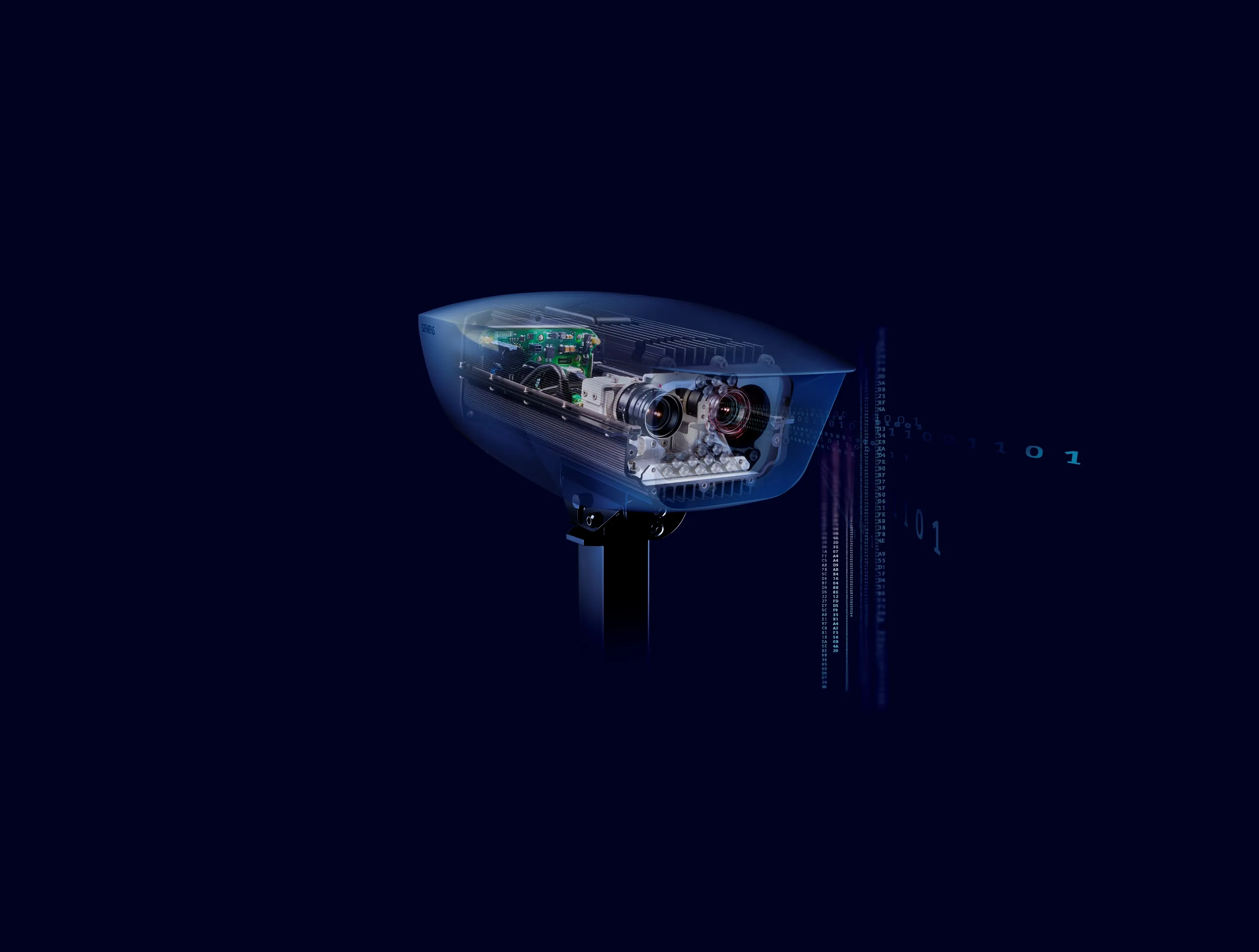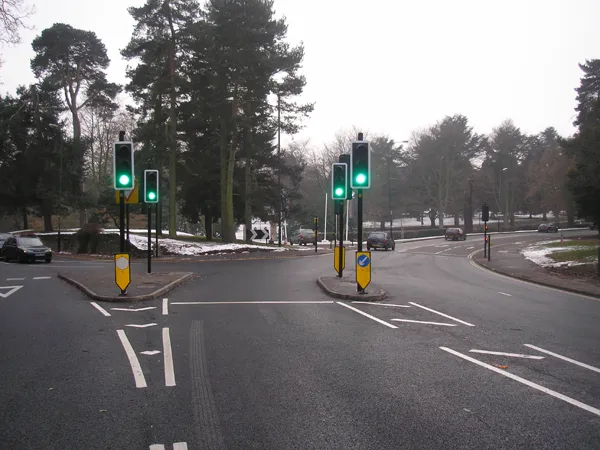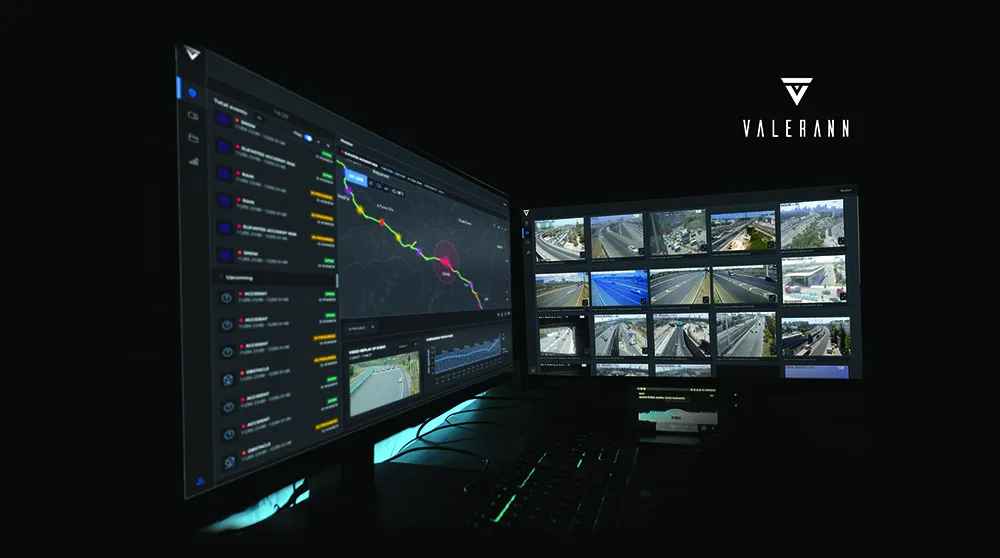
The launch took place during Traffex 2017 at the NEC exhibition centre in Birmingham, UK, last month.
Siemens said that Sicore ll - based on more the company’s 30 years' experience in vision detection and analytics – is robust, reliable and built to last. Sicore ll is for average speed control and enforcement, low emission or clean air zones and access control.
“The new Sicore ll platform is modular and scalable delivering the highest-quality, evidentially-secure images in all conditions both day and night,” said James Riley, Siemens global product marketing manager for enforcement solutions. It features a powerful quad core processor and integrated state-of-the-art ANPR vision engine.”
The unit is a compact and streamlined extrusion design with integrated antennas for communications including H.264 streaming interface for true multi-use ANPR without interruption, 3G/4G communications and dedicated Wi-Fi connectivity for secure, simple commissioning. In addition, the in-built virtual private network (VPN) for safe remote connection without the need for external communication devices, delivers the highest levels of secure evidence data.
Sicore ll uses large dynamic-range image sensors at up to 40 frames per second to produce high-definition images for both infrared and colour visible overview. Sicore ll is also capable of 9.5m three-lane coverage with a single camera, processing up to 2,500 fast-moving vehicles per lane per hour. The unit provides reliable operation at temperatures between -30° C and +60°C.
“Sicore ll has been designed and built in Poole, UK with the expert knowledge and capability of our Global Centre of Competence for enforcement and more than 10 years' involvement in Congestion Charging for London,” said Riley.








